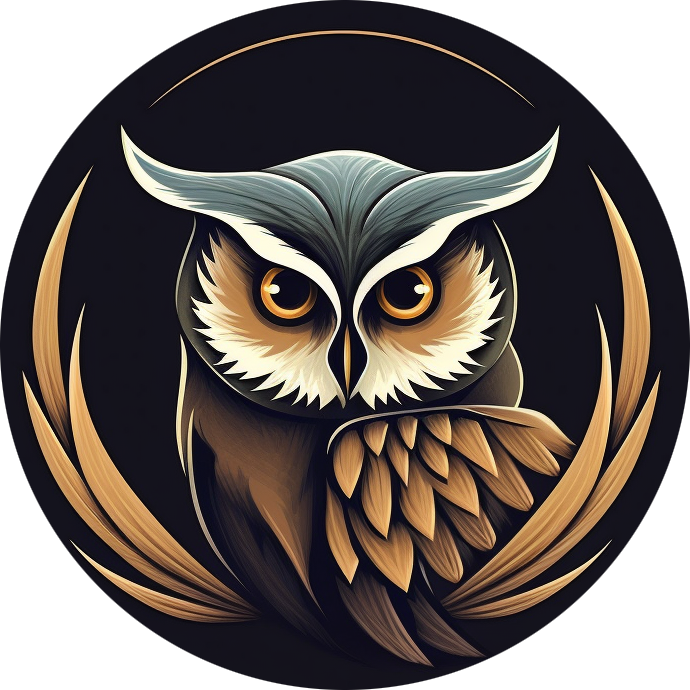Palm Warbler
Audience: Beginner - Intermediate
Objective: Become more efficient at identifying warblers in the fall season. Becoming more efficient also requires you get out there and go birding!
The fall season can be a busy time for birding, it’s migration time and it offers the opportunity to see birds we do not normally see in the area. Identifying warblers during this season can be a challenge due to a possible difference in appearance (and for the fact you may only get a glimpse of them as they move quickly feeding on bugs in the branches), this is because:
Certain species after their end of summer molt are no longer in breeding plumage.
The juveniles of some species that hatched over the summer do not get their adult plumage until right before next breeding season.
There are a number of excellent resources for learning how to identify warblers, I have included some in the Other Resources list below. I am taking a different approach for this course. I am addressing only the fall plumage. There is still the difference (in some cases) between the male and female and the 1st year (more on that later).
The list of warblers in this course is by no means a complete list of wood warblers. These pictures were taken during the fall months in Eastern North America (most in the state of Maryland). My catalog of pictures I have taken in the fall season and which include both male and female are at this time limited. That narrows the list to 14 warbler species, a good number to start with. I may increase this number to include pictures by my birding friends (with bylines of course).
Warblers are busy birds as they feed, they move throughout the branches and typically they are high up in the canopy - you may only see the underside of the bird. Warblers most often have a very distinct undertail pattern, therefore it is helpful to know what that pattern is. I have included undertail artwork from The Warbler Guide Visual Finders which are free from www.thewarblerguide.com . These are part of The Warbler Guide (book & app), which I include in the Other References below. I highly recommend these.
Please Note: You should see a menu button on the top or bottom left (depending on your device) of your screen - if selected it will open a status bar and a table of contents for the course. You may find this helpful as you move through the course.
You will see reference to 1st yr - this means the bird was hatched the previous summer.
The Warbler Species lessons are in the following format -
Undertail Pattern - Usually distinct from other species.
Pictures - The caption includes if it is Male, Female, or 1st yr - sometimes it is not known because the plumage is so similar in the fall so you may see a “/” meaning it could be either. If it doesn’t show adult it may be either a 1st yr or adult. Note: The plumage in some of these pictures could also be the same in the spring season, I do not mention that in the captions because I am only covering appearance in the fall season.
What to Look for - This is what may stand out when watching the bird to distinguish it from other species.
Female and Male - What are the differences (if any) between the sexes.
Diagnostic Behavior - Highlight a behavior that only that species executes.
Sample Lesson Layout - Except larger than this.
Sample Lesson Layout - Except larger than this.
Other Resources
-
-
Available from book sellers.
-
Available for your smartphone. Warbler identification app has high-resolution, zoomable, and rotatable 3D models in all plumages.



